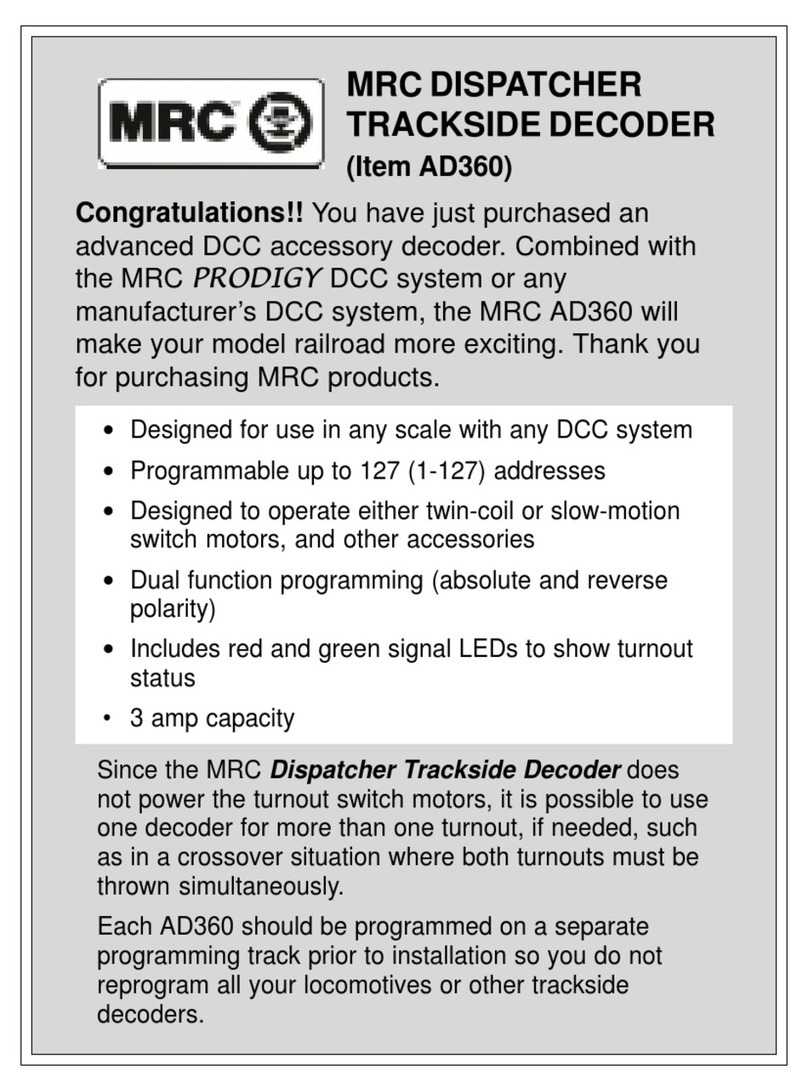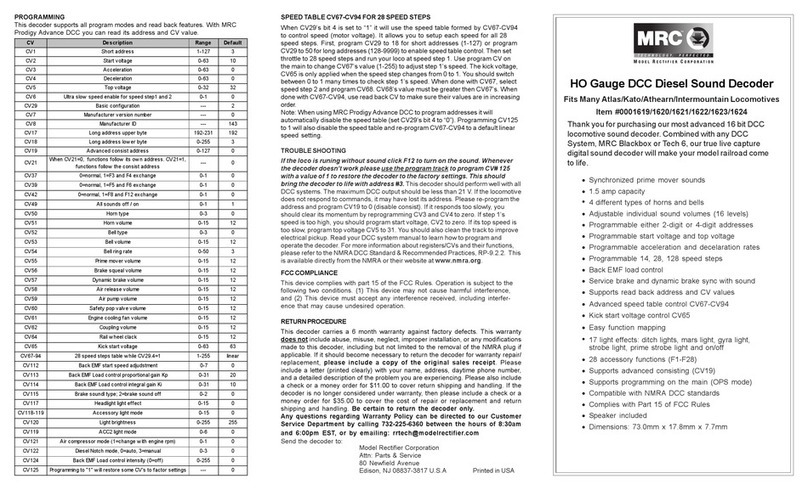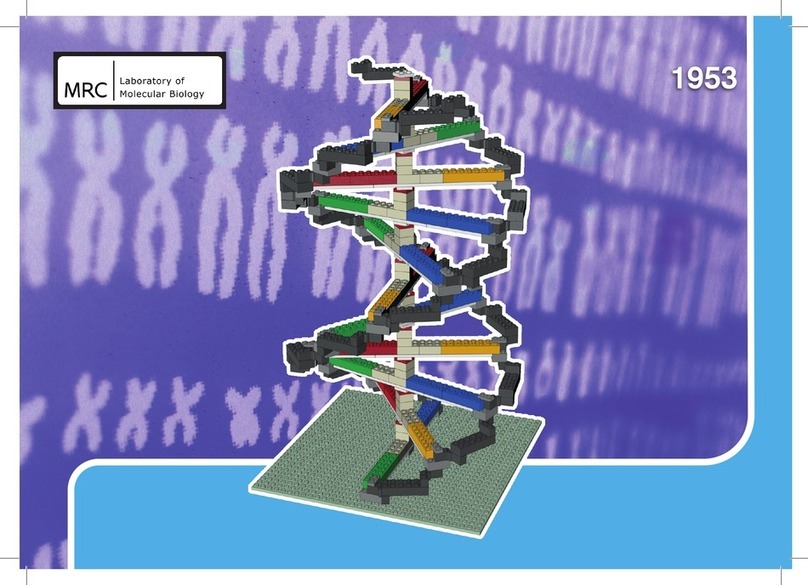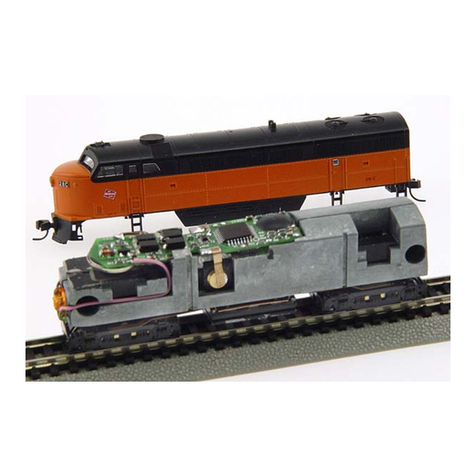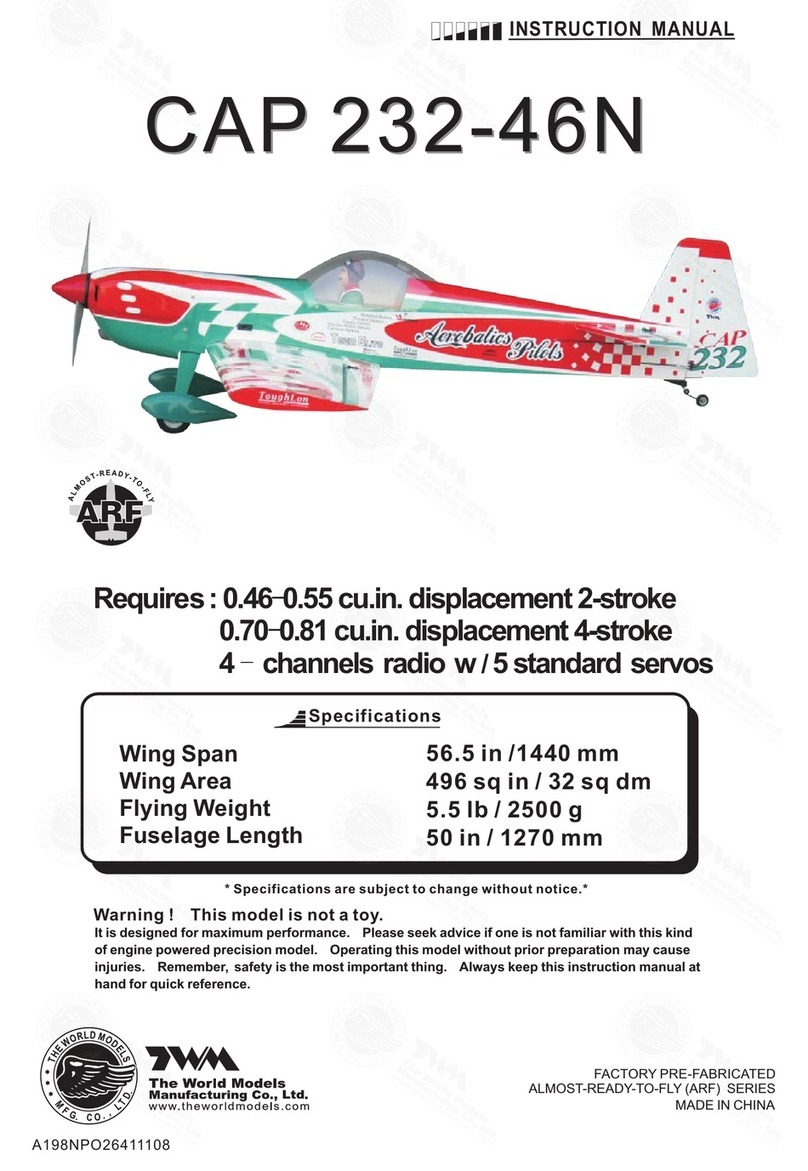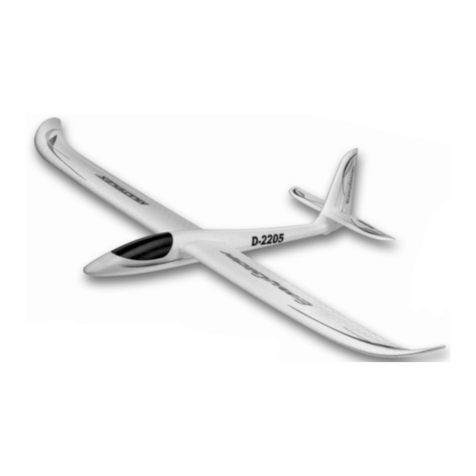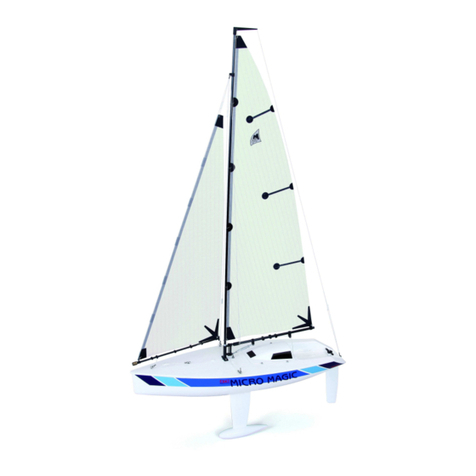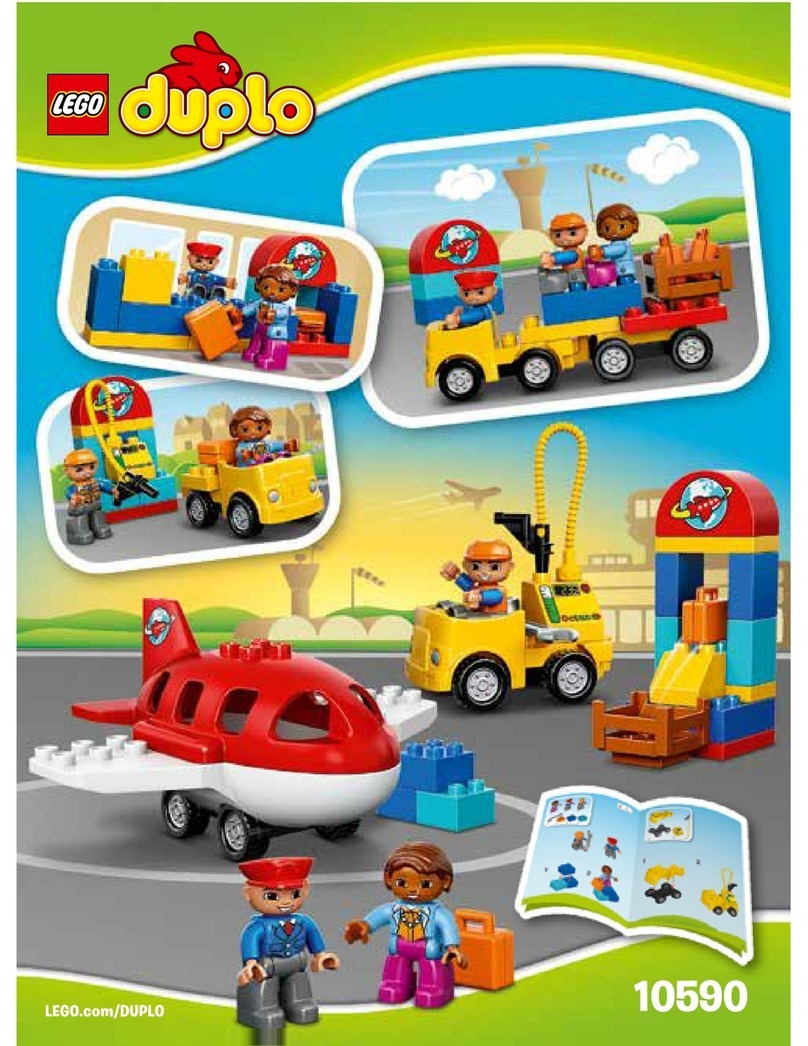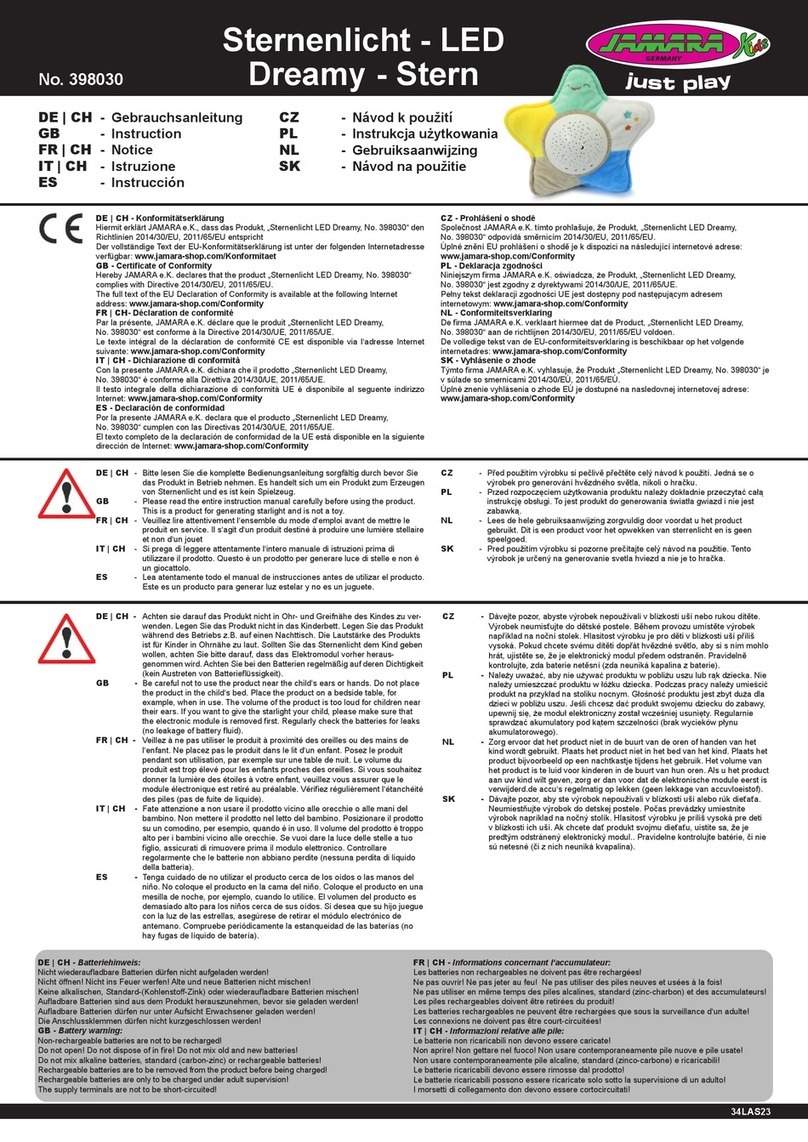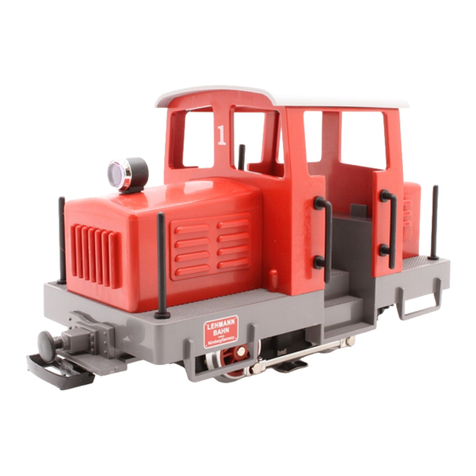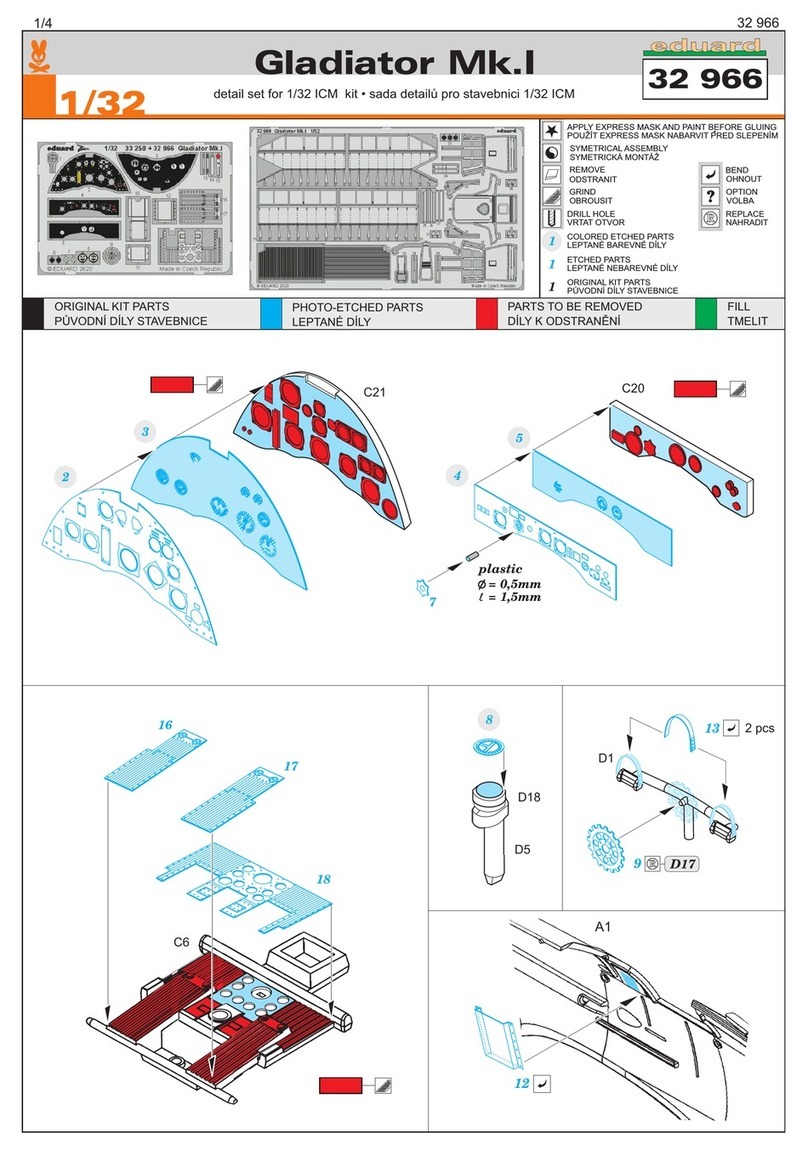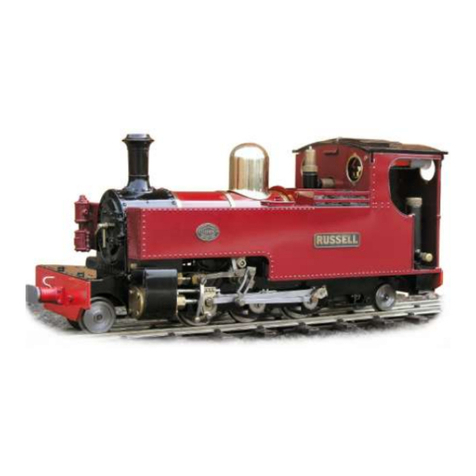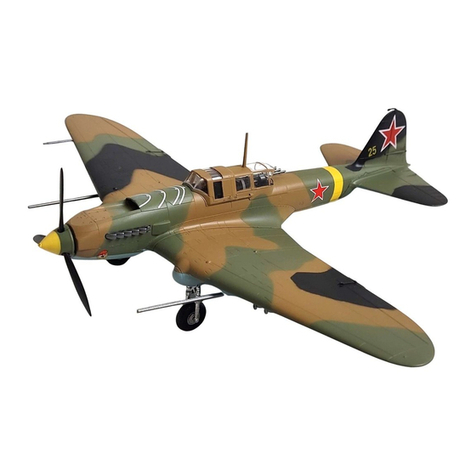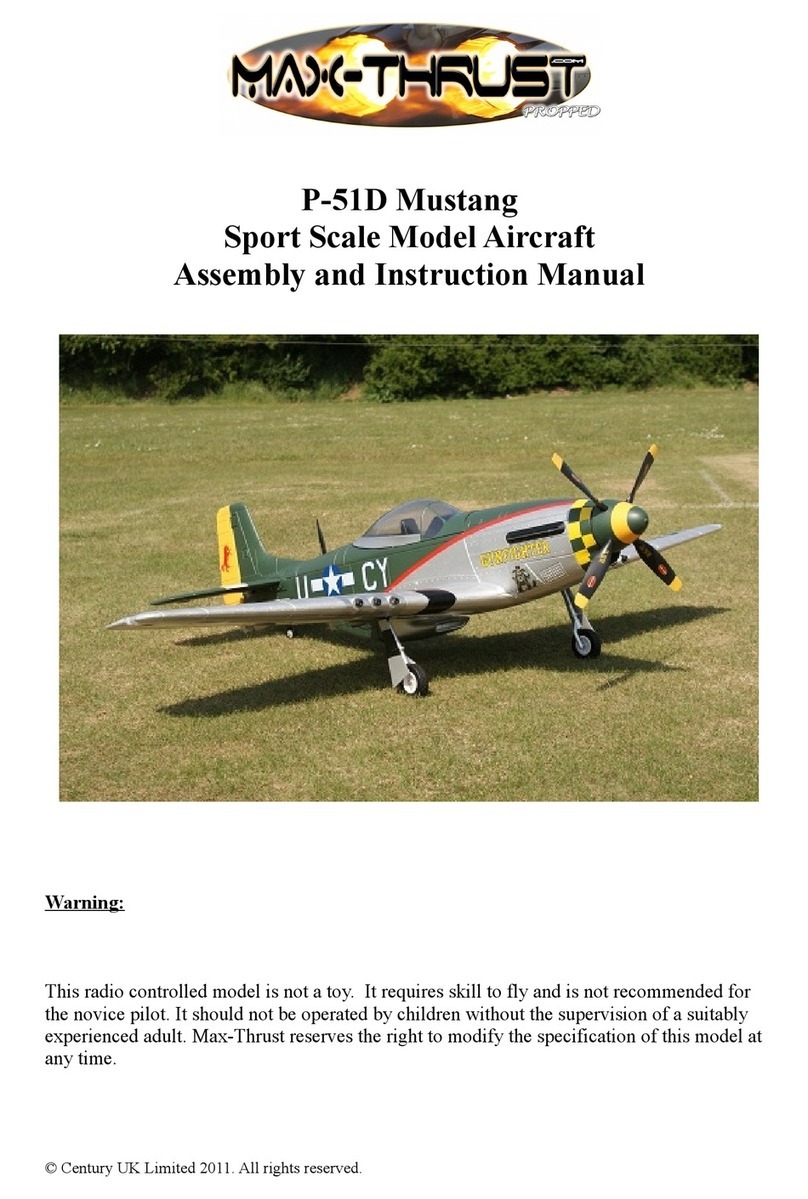MRC XR-20 User manual

"XR-20
KIT NO. TR 106
SKILL LEVEL:
PARTS LIST
1.NOSE CONE
2.NOSE CONE BASE
3.SHOCK CORD
4. PARACHUTE
5.SMALL BODY TUBE
6. HOLLOW BODY
TUBE COUPLER
7. LARGE BODY TUBE
8. LAUNCH LUGS (SET OF 3)
9. BALSA FINS (SET OF 4)
10.ENGINE ADAPTER RING
11.ENGINE MOUNT TUBE
12.ENGINE ADAPTER RING
13.ENGINE HOOK
14.PARACHUTE CORDS
15.TAPE DISCS
3-7".
L-.I '-.
"~
'-
IDEAL FOR BEGINNERS
// CJ)
/~
~CD
"G)
~MODEL RECTIFIER CORPORATION
2500 WOODBRIDGE AVENUE
EDISON, NJ 08817
Tel No. (201) 985-7800
SAFETY INSTRUCTIONS
For the safe and reliable performance of your model rocket
PLEASE NOTE:
1. That model rockets are not "toys" - that they are capable of causing
personal injury to you and to others as well as property damage.
2. That you and you alone are responsible for the safe operation of
your rocket.
3. That you must properly build and operate your model with a clear
sense of that responsibility; that means taking no chances or risks
which might endanger yourself or others.
4. That you read and observe the rules of the Model Rocketry Safety
Code printed on the back of the cardboard insert included in your kit.
Remember, the thrill of rocketry lies inthe safeconstruction ofthe rocket
and in its careful operation. Make each launch a success and you will be
proud of yourself and will really enjoy your hobby.
CD HELPFULHINTS
Before building this kit gather the necessary tools and materials and read
all instructions thoroughly. Inaddition, keepthe following points in mind.
1. Read and understand each step and study the drawings before
beginning any part in that step.
2. Always test fit the parts before assembling them. If they do not fit
because they are too tight, sand them slightly. If they are too loose,
build them up as described in the instructions.
.3. Proper glue joirrtS'i:1le vllal lor tilt:, saf&-operatiuTI-ul yUQ~
rocket. Usethe recommended glues in the manner outlined bythese
instructions and by the glue manufacturer.
1.
ITEMS REQUIRED FOR ASSEMBLY
OF YOUR XR-20
7. Modeling Knife
8. White Glue or
Aliphatic Resin Glue
(such as TitebondT")
9. Instant Glue (Crazy GlueT")
or Plastic Glue
10. Enamel Paint
2.
3.
4.
5.
6.
Cotton swab on stick
(like Q-tipT")
Pencil
400grit sandpaper
Scissors
Ruler
Modelers Paint Brush
ASSEMBLY INSTRUCTIONS
I
Step 1
D
,
~//
Using plastic cement or instant glue, glue the nose cone base to the nose
cone. Wipe off excess glue and put aside to dry.
/"
..<// .. Step 2
D
Ilr
//
I"
Cut out the shock cord holder on page 3 of the instructions. After it has
been cut out, maketwo slits with your modelers knife on two dotted lines.
Do not make slits any wider than is marked by the dotted lines. Feed the
shock cord through the two slits asindicated in the drawing and put asmall
knot at the end of the shock cord. Apply white glue to Section Band fold A
onto B along the large dotted line. Allow to dry.
Model Rectifier Corporation @ 1987

\
1\ rc~ So"
,[} I'7r
2112" .1 Lcn~ ---~
21/8" ,
3/4"
Make three marks on engine mounting tube at 3/4" and at 2 1/8" and at
21/2" from the rearofthetube. Cut a 1/8" slit inthe tube at21/2" from the
rear of thetube. Putaslight bend into the engine hook. Makeanotethat the
engine hook hasone end larger than the other. Insert the larger sizeend of
the hook into the slit as shown.
Step 4
D
21/8" mark--.f f-- 3/4"mark
Sand the inside of the rings for a proper fit. Push one ring onto the
engine tube mount from the front and make it line up with the 3/4" mark
on the tube so that the ring itself isno more than 3/4" from the rear of the
tube. Slide the second ring onto the engine tube mount until it matches
up with the 2 1/8" inch mark. Apply a ring of white glue on both sides of
each ring at the joint where the rings meetthe engine mount tube. Do not
get glue on the outer surface of the rings. Apply asmall dab of glue over
the slit where the engine hook is inserted. Setthis assembly aside to dry
with the engine mount resting upright so the glue can dry evenly.
~ROUNDOFF Step 5
LEADING EDGE D
_~F
ROUNDOFF I
II,,ROOT EDGE
ROUND OFF I
ISAND FLAT
Locate the die-cut fin sheet. Gently sand top and bottom sides of the
sheet, and remove the fins by cutting along the die-cut marks using your
modeling knife. Sand all edges so that the fins are identical. Refer to the
diagram to identify the root edge. Sand the root edge flat. All other edges
including the leading ledge are to be rounded evenly.
/~;
(
I-----
\:-=;~ ~
:.:.:.:.:::::::::::::::::}~::::
'" / -----.
-/
Step6
D
Cut out the paper tube marking guide on page 3. Roll ends of the guide in
the direction of the large arrows around the outside of the larger body tube.
Line up the alignment arrows and tape the ends as shown in the diagram.
"TAPE ONLY THE GUIDE; DO NOT PUT TAPE ON THE BODY TUBE"
Position bottom ofthe guide at 1/4" from the end ofthetubeand put a small
mark on the body tube by each vertical arrow. You should have fourteen
marks on the tube when done. Mark each line if it is for a fin or a launching
lug. Slide the marking guide off the body tube and gently clamp the tube
between two solid objects. Using a ruler join each pairof marks in a vertical
direction as straight as possible. The launch lug lines should extend for 7"
from the end of the body tube.
~~/
tD]r~=II ~/:
Step 7
D
Test fit the engine mount into the larger body tube with the engine hook
facing outwards at the rearof the tube where the pencil marks were made.
Turning the engine mount asyou insert itwill make it easierto fit the tube. If
engine mount inserts with great difficulty, you may sand the adapter rings
to achieve a snug fit inside the body tube.
Apply a ring of glue inside the body tube approximately 1" from the tube
edge. Insert the engine mount tube asyou did before inone motion. Donot
stop whileinsertingthe tube since the glue might "grab" the mount while in
the wrong position. The rearends of the body tube and the engine mount
tube should line up evenly. The engine hook must be located directly
underneath the middle mark for the launch lug line.
Step 8
D
Using a cotton swab apply a small application of white glue to the root
edge of each fin. When doing this, rub the glue thoroughly into the wood
to assure a better bond. Next, apply asmall bead of glue to one fin and let
it dry for about two minutes, then attach the fin to one of the marked fin
lines on the tube as per diagram. Be sure the fin extends vertically away
from the body tube and is straight along the peReilliRe. The e~eI] 61 \.,..~
root edge should be even with the bottom of the tube. After each fin has
dried, apply the next fin in the same manner. Erase any leftover pencil
marks after the glue has dried.
Step 9
D
Applya line of white glue to each side of the four fins for reinforcement.
~~-.
~~ 1/2" OF COUPLER
Take the smaller body tube and the hollow body tube coupler. Apply a ring
of glue to the inside of one end of the body tube. Insert one half of the
coupler into the body tube. Be sure the coupler has been inserted evenly.
Set this piece aside to dry for a short while.
Step 10
D
~~(Co/ -Step 11
D
=-- - -
Apply a ring of glue to the inside of the end of the remaining large body
tube and at the opposite end from the engine mount and attach it over
the exposed part of the hollow body tube coupler and the two tubes now
joined should meet flush and straight. Set this assembly aside to dry.

cz:::::::;J
Step 12
D
REAR VIEW 5'12INCHES
Now glue the launch lugs onto the body tude. The rear of the lugs should
be5'h" from end point of the body tube. See diagram. After the glue has
dried, add an additional bead of glue to each side of the launch lugs asa
reinforcement bond.
/11/2"1 Step 13
~~A ~D
-/: :-"-.:::::::- -- -:::::
Apply glue to aspot 1-1/2" inside thetop of the body tube using acotton
swab. Pressthe shock cord mount onto the glue and hold it in place for a
minute. Do not let the mount slide away from this position.
Step 14
D
,~ -
Sand the fins using 400 grit sandpaper so that the fins are smooth before
painting the rocket. As an option you can seal the balsa fins using
sanding sealer (available at your hobby shop). If you use sealer, sand the
fins after the application of sealer has dried to get the smoothest finish.
Step 15
D
~{> ~, \
To prepare for painting, the shock cord, parachute and nose cone
should be protected from paint overspray. It is best to paint the rocket
body white.
Step 16
D
The special MRC self-adhesive decals included in this kit can be
instantly applied to the body tube after the paint has dried. Take your
time in applying the decals because the glue on them isvery strong and
decals cannot be removed once applied.
To apply decals, remove individual decals from the sheet. Position the
decal on the rocket lightly and carefully. Press the decal firmly onto the
rocket, making sure the decal surface is evenly applied, with no bubbles
or loose edges, by rubbing the surface with your fingernail. You may
haveto cut decals to fit around the launch lugs. Use the cardboard insert
within polybag for decal location.
Step 17
---
Cut the parachute out along the dotted lines printed on the sheet. Take
the bundle of parachute cord and cut it into 3 pieces of equal length, of
about 24 inches each. Take one end of the parachute cord and bend it
over for about 1/8 of an inch. Place this bent end on one of the circles
drawn on the corner of the parachute and firmly press a self-adhesive
tape disc over the end of the cord to hold the cord in place. Bend the
other end of the parachute cord and tape it down to an adjacent corner
of the parachute. Repeat this for the remaining two parachute cords.
C>
Step 18
D
c
v/
~---
----
Hold the parachute by its center and pull the cords together evenly. Pass
the cords through the eye of the nose cone base and loop the cords
around the nose cone so that the parachute isfirmly attached to the nose
cone as shown in the diagram. Tie the free end of the shock cord to the
nose cone base with a double knot and put a drop of glue on the knot.
~~ml»
I.
z.
ii::

FOR SAFE lAUNCHES, YOU MUST FOllOW
THEACCOMPANYINGCHECKLISTEVERYTIME
YOU USE YOUR MODEL ROCKET.
READ AND FOllOW THE SAFETY WARNINGS
ON THE CARDBOARD INSERT EACH TIME
YOU USE YOUR MODEL ROCKET.
LAUNCH CHECKLIST
1. Disarm the launch system by removing the safety key.
2. Loosely pack three squaresof flameproof wadding into the body tube from the forward end where the shock cord mount is located. The wadding
should slide smoothly into the center of the tube for maximum effect.
3. Stretch the parachute out by holding all parachute cords at the end where they are tied together and atthe center of the parachute itself. Roll the
parachute to fit the body tube easily. A light application oftalcum powder to the parachute asit isfolded will help deployment ofthe parachute. Be
sure the wadding has been inserted before inserting the parachute. It is best not to pack the parachute until you are ready for a launch.
4. Install the nosecone over the recovery device. The nose cone should fit snugly; not too tight or too loose. If the fit is too tight, you can sand the
insideedge ofthe bodytubeorthe nosecone shoulder lightly until you achieveasnug fit. Ifthe nosecone istoo loose,you can add masking tapeto
itsshoulder to get asnug fit, or you can build upthe inside edge of the body tube with alight application of glue. Besure the glue isdry before test
fitting the nose cone!
5. Carefully select the engine for launch. For a first flight, usethe A8-3 engine as recommended. Insert the igniter as per engine instructions.
6. Engine Installation -Insert the engine into theengine tube mount until itstopsagainstthetop portion ofthe engine hook. The rear hook must latch
over the rear of the engine. The igniter leads should be positioned between two fins and away from the launch lug side of the rocket. "DOUBLE
CHECK THATTHE LAUNCH SYSTEM HAS BEEN DISARMED AS PERSTEP 1 ABOVE".
7. Fitthe launch rod through the launch lug of the rocket. The nose ofthe rocket should be pointing upwards. Besure the rocket slides freely onthe
launch rod. Attach the launch system clips to the igniter leads.Youcan use anyone of the three lugs on the XR-20.
8. Clear the launch areaand follow all range and safety procedures.
9. Arm the launch system.
10. Countdown to launch!
IF A MISFIRE OCCURS, DISARM THE LAUNCH SYSTEM AND WAIT ONE MINUTE BEFORE APPROACHING THE ROCKET TO DETERMINE THE
CAUSE OF MISFIRE. REMOVE THE SAFETY KEY FROM THE LAUNCH SYSTEM BEFORE YOU APPROACH THE LAUNCHER. DO NOT PUT YOUR
HANDS AND FACENEAR THE TOP OF THE ROCKET...
When you are ready to leave the launch site, we suggest you pick up and properly dispose of all debris such as used igniters, flameproof wadding or engine
packages. A clean launch site is a safe launch site!
~ """
~L~~T IJFF
~~
MODEL RECTIFIER CORPORATION
2500WOODBRIDGE AVENUE
EDISON, NJ 08817
Tel No. (201) 985-7800

~j
TODAY
0
:f
-",-
~\
-/
'-
'"
Quick Page Finder
~
'"
0
2
3
4
5
6
'A
!I
'lJ
[I
II
!I
/
ON
C
(II!;,"
!!~
nZC
%Qn
-4
I:DX
.-
.
.
.
.
.
.
.
.
.
.
.
.
.
.
.
.
.
.
.
.
.
.
.
.
.
.
.
.
.
.
.
.
.
.
.
.
.
.
.
.
.
.
.
.
.
.
.
.
.
.
.
.
.
.
.0
-4
'"
,...
'"
I:
'"
-4
:II
-<
:t
~
0
%
.
.
.

I
Great beginners
~ModelRectifier
Corporation
~2500WoodbOd,eAve"
Edison,NewJersey08817

MRC XR-2Q
NAR/HIA
MODEL ROCKETRY
SAFETY CODE
1. CONSTRUCTION -My model rockets will
be made of lightweight materials such as paper,
wood, rubbe~ and plastic without any metal or
other hazardous material as structu ral parts.
2. ENGINES - I will use only pre-loaded
factory-made NAR certified rocket engines in the
manner recommended by the manufacture~ I will
not alter or dismantle model rocket engines Qr
their ingredients in any way, or attempt to reload
these engines.
3. RECOVERY~I will always use a recovery
system in my model rockets that will return them
safely to the ground so that they may be flown
again. I will use only flame resistant recovery
wadding in my rockets.
4. WEIGHT LIMITS - My model rockets will
weigh no more than 1500 grams (53 ounces) at
liftoff and the engines will contain a total of no
more than 125 grams (4.4 ounces) of propellant.
My model rockets will weigh less than the engine
manufacturers' recommended maximum liftoff
weight for the engines used, or I will use engines
recommended by the manufacturer for my ,
rockets.
5. STABILITY- I will check the stabilityof my
model rockets beforetheir first flight, except
when launching models of already proven
stability.
6. PAYLOADS- My model rockets will never
carry liveanimals,or payloads that are intended
to be flammableor explosive.
7. LAUNCH AREA - I will launch model
rockets outdoors in a cleared area, free of tall
trees, power lines, and buildings. I will ensure
that people in the launch area are aware of the
pending rocket launch and are in a position to
see the rocket's liftoff before I begin my audible
five-second count down.
.a...LAUNCHER - I will launch my model
rockets from a launch rod or other device which
provides rigid guidance until the rocket has
reached a speed adequate to ensure a safe flight
path. To prevent accidental eye injury, I will
always place the lau ncher so that the end of the
rod is above eye level or will cap the end of the
rod when approaching it. I will cap or disassem-
ble my launch rod when not in use and will
never store it in an upright position. My launcher
will have a jet deflector device to prevent the
engine exhaust from hitting the ground directly. I
will always clear the area around my launch
device of brown grass, dry weeds, and other
easy-to-burn materials.
9. IGNITION SYSTEM - The system I use to
launch my model rockets will be remotely con-
trolled and electrically operated, and will contain
a launching switch that will return to "off" when
released. The system will contain a removeable
safety interlock in series with the launching
switch. All persons will remain at least 15 feet
from the model rocket when I am igniting
engines totalling 30 Newton-seconds or less of
total impulse and at least 30 feet from the model
rocket when I am igniting engines totalling more
than 30 Newton-seconds total impulse. I will use
only electrical igniters that will ignite my rocket
engine(s) within one second of actuation of the
launching switch.
10. LAUNCH SAFETY - I will not let anyone
approach a model rocket on a launcher until I
have made sure that the safety interlock has
been removed or the battery has been discon-
nected from the ignition system. In the event of a
misfire I will wait one minute before allowing
anyone to approach the launcher.
11. FLYING CONDllONS -I will launch my
model rocket only when the wind is less than 20
miles per hour and under conditions where the
model will not fly into clouds, fly near aircraft in
flight, or be hazardous to people or property.
12. PRE-LAUNCH TEST - When conducting
research activites with unproven designs or
methods, I will, when possible, determine their
reliability through pre-launch tests. I will conduct
launchings or unproven designs in complete
isolation from persons not participating in the
actual launching.
13. LAUNCH ANGLE - I will not launch model
rockets so that their flight path will carry them
against targets. My launch device will be pointed
within 30 degrees of vertical. I will never use
model rocket engines to propel any device
horizontally.
14. RECOVERY HAZARDS - If a model rocket
becomes entangled in a power line or other
dangerous place, I will not attempt to retrieve it.
(Revised January 1, 1987)
- --- .
Specifications:
Length: 19.50 in. (495.3mm)
Body Diameter: .976 in. (24.8mm)
Weight: 1.01 oz. (28.6 grams)
Recommended Engine Sizes:
V2A6-2, AB-3 (first flight)
B4-4, B6-4, C6-5, C6-7
Glue required for assembly.
Launch system and rocket engines
required for flight.
IMPORTANT
You must read and understand the model
rocketry safety code on this card. Keep this code
with you and adhere to its guidelines during all of
your model rocketry activities without exception.
""""--' ..,..------
WARNING
For Safety Purposes, DO NOT modify, dis-
assemble, or in any way tamper with model
rocket engines or their contents. Soak engines in
water to destroy.
e
ModelRectifierCorporation
2500WoodbridgeAve.,Edison, N.J. 08817
This manual suits for next models
1
Other MRC Toy manuals
Popular Toy manuals by other brands
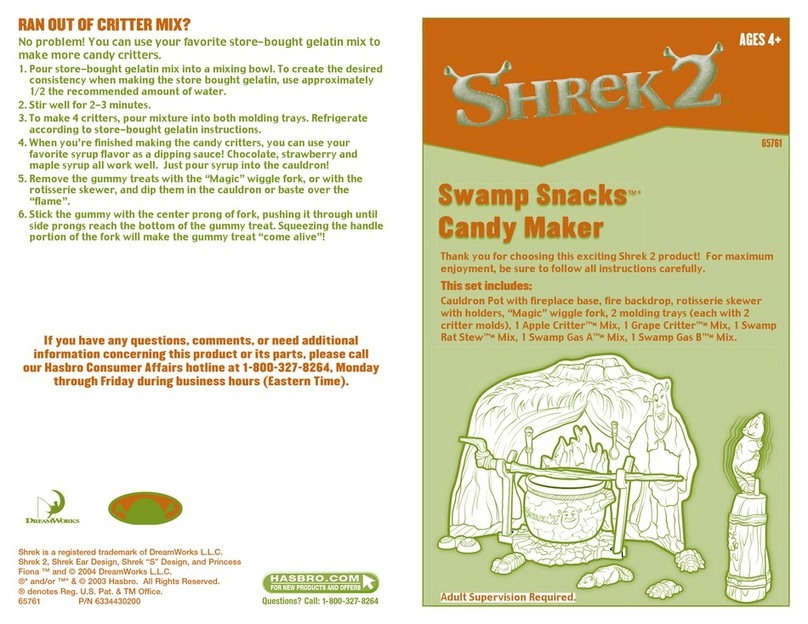
Hasbro
Hasbro Shrek 2 Swamp Snack Candy Maker 65761 instruction manual

Eduard
Eduard Tornado GR.4 exterior quick start guide
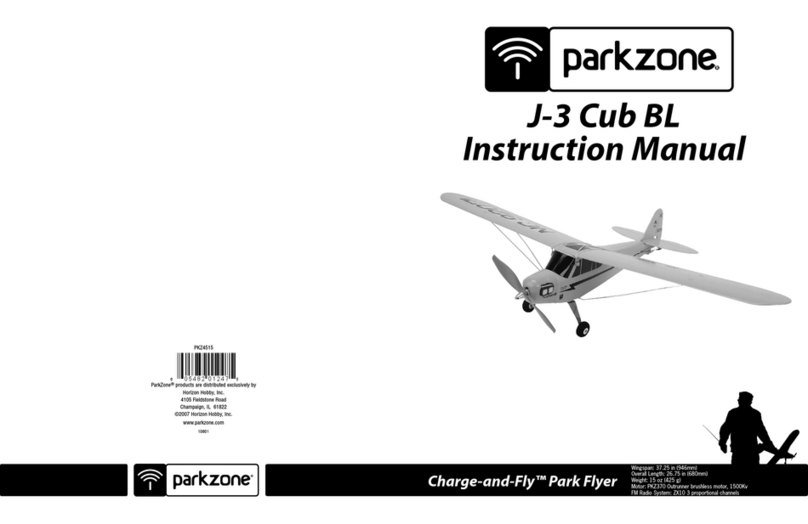
PARKZONE
PARKZONE J-3 Cub BL instruction manual
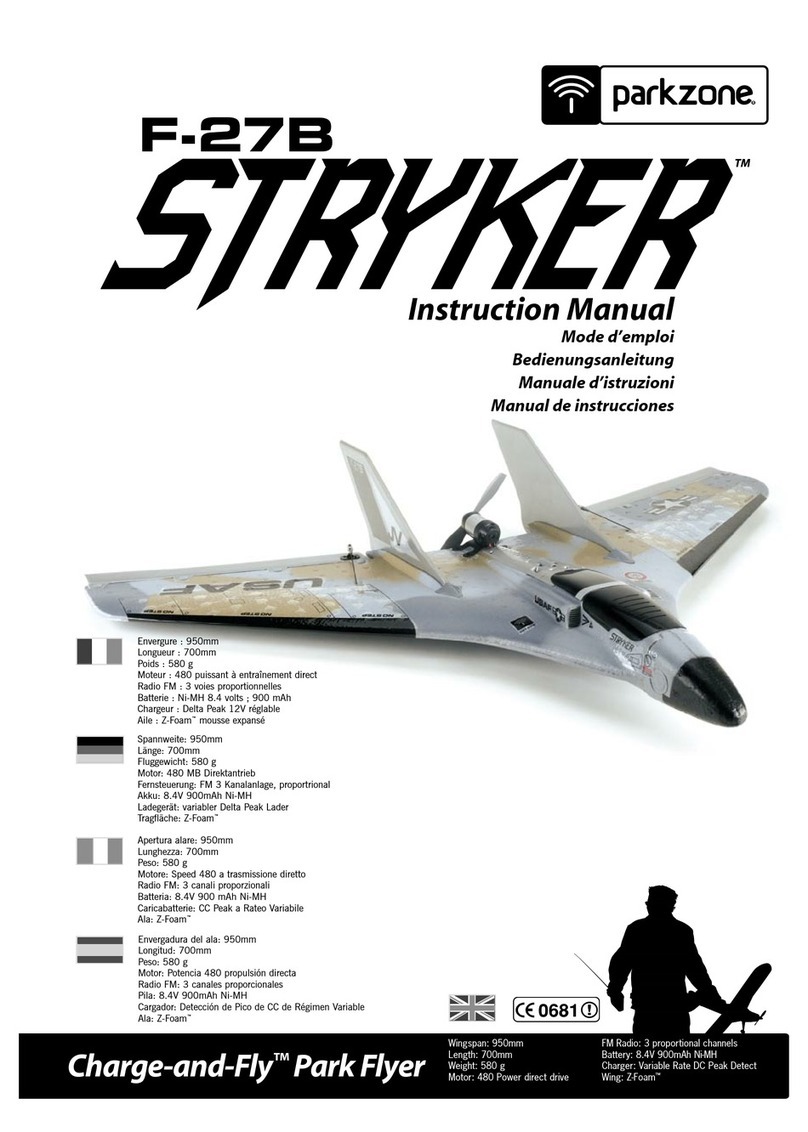
PARKZONE
PARKZONE F-27B Stryker instruction manual
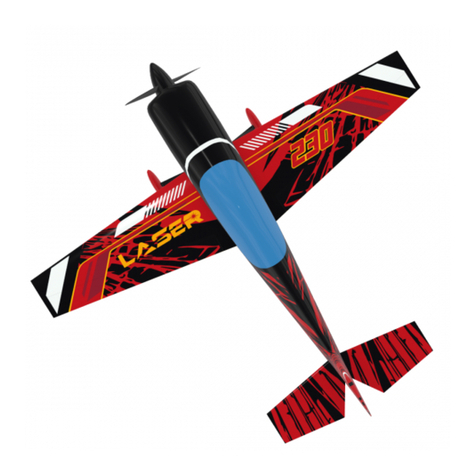
KRILL AIRCRAFT
KRILL AIRCRAFT LASER Z2300 Mk2 Assembly guide

Canon
Canon Creative Park Ferret quick start guide
